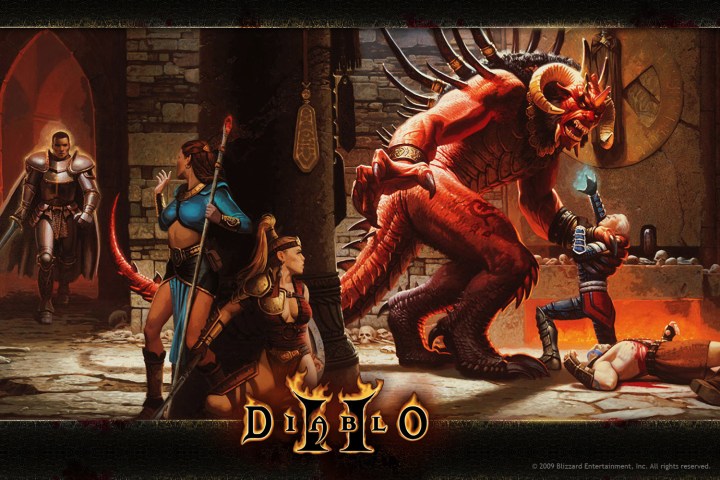
The patch, version 1.14, doesn’t add any gameplay or mechanic tweaks, according to Ars Technica. Instead, it lets the game work on new operating systems, including Windows 10 and OS X El Capitan.
“There is still a large Diablo II community around the world, and we thank you for continuing to play and slay with us,” a Blizzard developer wrote on the BattleNet forums. “This journey starts by making Diablo II run on modern platforms, but it does not end there. See you in Sanctuary, adventurers.”
The update will be particularly welcome to Mac users, who haven’t been able to run the game in any form since Apple transitioned to Intel chips way back in 2005. But Windows users should have a much easier time getting Diablo II to run after the patch, which reduces glitches.
Diablo II came out 16 years ago, at the turn of the century. Even its sequel, Diablo III, came out back in 2012 — four years ago, an eternity in a gaming industry generally obsessed with the next big thing.
For Blizzard to release a patch for a game this old shows a dedication fans will no doubt appreciate. And it seems like there’s more to come: The company posted a job application a few months ago for a “senior software engineer, classic games,” who would own implementation and curation of features new and old.
So this probably isn’t the first updated installer we’ll see for a classic Blizzard game, and it likely isn’t the only update we’ll see for Diablo II — which, after 16 years, is more than fans could ask for. Who would have thought the game would still get official patches two years after extend support for Windows XP ended?


